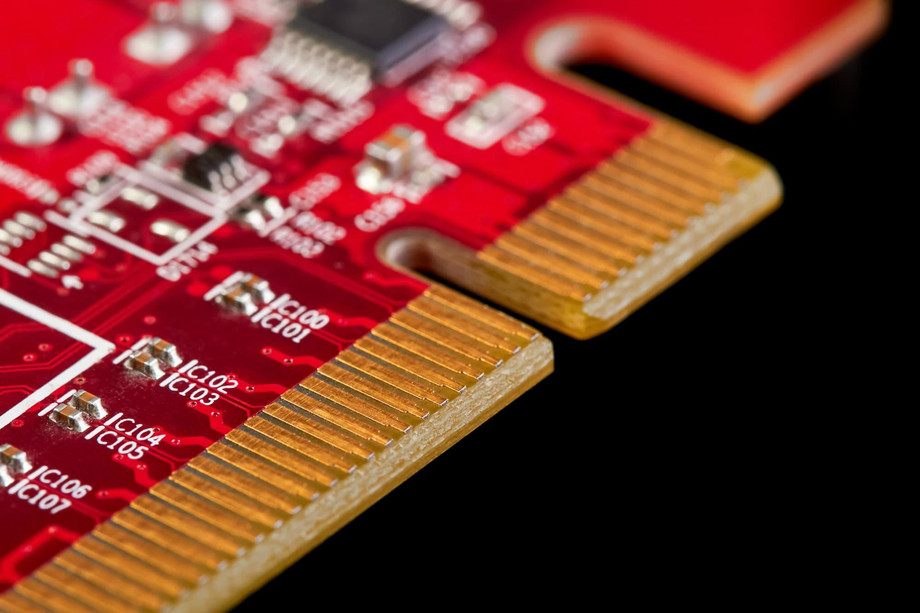The rapid evolution of electric vehicles (EVs) has ushered in a new era for transportation, demanding innovative solutions in infrastructure, particularly in charging systems. As the market for EVs expands, so too does the need for efficient and effective embedded hardware designs that can support these systems. This blog explores the key considerations and best practices for designing embedded hardware tailored for electric vehicle charging solutions, ensuring functionality, reliability, and user satisfaction.
Understanding the Requirements
The first step in designing effective embedded hardware for EV charging systems is understanding the unique requirements of these applications. Electric vehicle chargers must be capable of:
-
Fast and Efficient Charging: With a growing number of EVs on the road, the demand for rapid charging solutions is paramount. The embedded hardware should support high power levels and advanced charging protocols to reduce downtime for users.
-
Communication Protocols: Modern EV chargers must interact with vehicles and the power grid. They often use communication protocols such as CHAdeMO, CCS (Combined Charging System), and OCPP (Open Charge Point Protocol). The embedded hardware must facilitate these protocols to enable seamless communication.
-
Safety and Compliance: Embedded hardware must adhere to safety standards and regulations, such as UL certification and IEC 61851, which govern electrical safety and electromagnetic compatibility. This requires careful consideration during the design phase to ensure that all components meet stringent safety criteria.
-
User Interface: A well-designed user interface enhances the customer experience. The embedded system should include features like touchscreens or mobile app integration, allowing users to monitor charging status and manage payments conveniently.
Key Design Considerations
1. Component Selection
Selecting the right components is crucial for the performance and reliability of embedded hardware in EV charging systems. This includes microcontrollers, power management ICs, and communication modules. Choosing components that can handle the high currents and voltages typical in EV applications is essential. Additionally, components should be scalable to accommodate future advancements in charging technology.
2. Modular Design Approach
A modular design approach enhances flexibility and simplifies maintenance. By designing charging stations with interchangeable modules for power management, communication, and user interface, manufacturers can easily upgrade individual components without replacing the entire system. This not only reduces costs but also minimizes downtime for users.
3. Thermal Management
Thermal management is a critical aspect of embedded hardware design for EV chargers. High power levels generate heat, which can impact performance and reliability. Implementing effective heat dissipation strategies, such as heatsinks and fans, ensures that components operate within their specified temperature ranges. Furthermore, thermal sensors can be integrated into the design to monitor temperatures in real-time, enabling proactive management of overheating issues.
4. Security Features
With the increasing connectivity of EV charging systems, cybersecurity becomes a vital concern. Embedded hardware should incorporate robust security measures to protect against unauthorized access and data breaches. This includes implementing secure communication protocols, data encryption, and regular software updates to address vulnerabilities.
5. Testing and Validation
Thorough testing and validation of the embedded hardware are essential to ensure reliability and performance. This includes functional testing, stress testing under various load conditions, and compliance testing with relevant standards. A well-defined testing protocol can help identify potential issues early in the development process, reducing the risk of failures in the field.
Future Trends in Embedded Hardware for EV Charging
The future of embedded hardware in EV charging systems is poised for significant advancements. Here are some emerging trends to watch:
1. Smart Charging Solutions
As the energy landscape evolves, so too will the charging solutions for EVs. Smart charging technology enables dynamic load management, allowing chargers to adjust their output based on grid demand and energy availability. Embedded hardware will play a crucial role in facilitating these smart charging capabilities, making it possible for EVs to charge when electricity is cheapest and most abundant.
2. Vehicle-to-Grid (V2G) Technology
Vehicle-to-grid technology enables EVs to not only draw power from the grid but also supply energy back to it. This two-way flow of electricity necessitates sophisticated embedded hardware that can manage energy distribution efficiently. Integrating V2G capabilities into charging systems will enhance grid stability and provide additional revenue streams for EV owners.
3. Enhanced User Experience
The push for better user experience will continue to shape embedded hardware design. Features like mobile app integration for remote monitoring and management, personalized charging plans, and enhanced payment systems will be increasingly integrated into charging solutions, driven by sophisticated embedded systems.
Conclusion
Designing effective embedded hardware for electric vehicle charging systems requires a comprehensive understanding of the unique challenges and opportunities within this evolving market. By focusing on component selection, modular design, thermal management, security, and thorough testing, manufacturers can create reliable, efficient, and user-friendly charging solutions. As the demand for electric vehicles continues to rise, the importance of innovative embedded hardware design will be paramount in shaping the future of transportation infrastructure. Embracing these design principles not only supports the growth of the EV market but also contributes to a more sustainable future for our planet.
To Know More About embedded hardware

